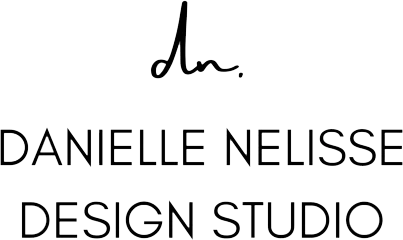- What goes into designing fabric prints for fashions?
- From sketch to final product, see how fabric designs for apparel is brought to life!
- Are you curious about what goes into designing highfashion fabrics?
If so, this blog post is for you!

We'll take a look at the entire process, from the initial artwork to the finished product, and explore all the steps that go into designing fabric for highfashion. From understanding the different types of fabrics to learning about the various techniques used to make them come to life, this post will cover it all.
Sooooo... if you want to know what goes into the creation of textiles for fashion design, keep reading!
Designing the Artwork
Creating fabric for fashion starts with the initial artwork. For some designers, this involves starting with a blank canvas and drawing or painting the idea they have in their minds. Other times, it might involve using a painting already created by an artist, making a high resolution scan or photograph of it, and then turning it into a repeatable pattern computer file used to print fabric. With hand-painted art, it takes special attention to details to ensure that the final textile design looks as close as possible to the original artwork.
Garment Manufacturers License the Artwork
Garment manufacturers already have an idea what garments they wish to make for the next season. Prints that are trending for 2023 are abstract, celestial, artsy, 80s vintage, street art, leopard print, and seaskin print. Garment manufacturers know that patterned clothing outfits look best when created thoughtfully and in a way that brings the designs to life.
Garment Manufacturers Choose the Fabric
The fabric type and color scheme the garment manufacturers choose will influence how the design will look once it’s printed onto the fabric. For example, if a trendy vibrant, bold color scheme is chosen, it might require a thicker, more durable fabric to hold up to the colors. If a muted color scheme is chosen, then lighter fabrics may work better.
When designing fabric for apparel, one of the most important steps is selecting the right fabric. Different fabrics can create drastically different looks and effects, so it’s important to consider which type of fabric will best bring a design to life.
For example, if designing a dress, you may want to choose a fabric that is lightweight and flowy, like chiffon or silk. These fabrics have a soft and elegant drape that will create an eye-catching garment. On the other hand, if you’re designing a T-shirt, you may want to choose a heavier and more durable fabric, such as cotton or linen. These fabrics are easy to care for and won’t wrinkle as easily, making them great for T-shirts.
When choosing the fabric to be printed with artwork, it’s important to consider how the fabric will move and how it will interact with the body. Fabrics that are too stiff or heavy may be uncomfortable to wear or move in, while fabrics that are too lightweight may not hold their shape very well. The garment manufacturers consider the different fabrics available and how they will look on the finished product before settling on the perfect one.
Fabric Manufacturers Apply the Artwork to The Fabric
Once the artwork has been licensed and the fabric is chosen, it’s time to add the artwork to the fabric. Depending on the type of fabric, there are several ways to accomplish this.
Screen printing is a popular choice, especially for T-shirts and tank tops. With this method, ink is pushed through a screen onto the fabric. The design is printed one color at a time until the desired effect is achieved.
Another popular method is embroidery. This technique involves threading yarn or another material into the fabric to create a raised 3D image. It’s often used for logos and more intricate designs.
Digital printing is also an option for certain fabrics. With digital printing, the design is directly printed onto the fabric with inks that bond to the fibers of the material. This is a great option for large, multi-colored prints.
No matter which method, adding artwork to fabric brings fashion designs to life!
Assembling the Garment
Once the fabric is printed with the artwork, it’s time to assemble the garment. Depending on the type of garment being made, the assembly process can vary. Garment pieces can be cut with scissors or a machine, then stitched together with either a machine or hand stitching. The artwork on the fabric is arranged during this process so that the garment looks how it was designed in the sketch.
When working with intricate designs and patterns, it’s important to make sure all of the details are in the correct place. This is why having an accurate sketch is so important - it makes the process of assembling the garment much easier. It can also help reduce waste due to mistakes that may be made.
Once the garment has been assembled, it’s ready for the final touches. This can include buttons, clasps, zippers and more. These small details can take a garment from basic to extraordinary!
Finishing Touches
Once the garment has been assembled, the garment manufacturer needs to give it a final approval. They must make sure that the design, fabric, and cut of the garment all meet the intended vision. Small changes can be made to perfect the look of the piece, such as adjusting seams, adding buttons or trim, or making sure the proportions are correct. Final touches can also include adding any additional embellishments, such as embroidery or beading, for a more personal touch.
This is how fabrics are created and turned into beautiful garments!
CREDITS:
Fabric Design: @daniellenelisse
Photographer: @descubramilao.it
Model: Brittney Baker in Milan, Italy (@brittneybakerphotographymaui)
